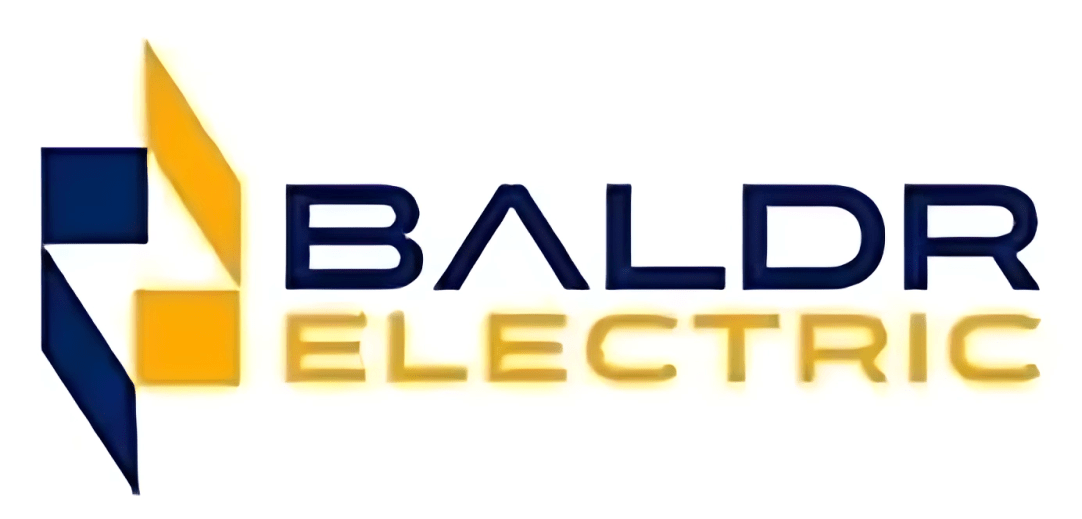At Baldr Electric, we’ve wired homes and installed surge protection for years, seeing firsthand how power surges threaten electronics. We Explain different types of surge protection—this guide compares surge protectors and whole-home surge protection to help you decide which is better.
With U.S. homes facing over 20 million lightning strikes annually (NOAA data) and countless smaller surges, protection is critical. Plug-in surge protectors shield individual devices, while whole-home systems guard everything—We offers both through our surge protection installation services. Backed by the National Electrical Manufacturers Association (NEMA), we’ll break it down.
What Are Power Surges?
Power surges are sudden voltage spikes—We sees them from lightning, utility issues, or appliance cycling. The Electrical Safety Foundation (ESFI) says surges can hit 5,000 volts, frying circuits. Small surges degrade devices over time; big ones destroy instantly. Our electrical inspections —understanding surges is step one to picking protection.
Overview of Surge Protectors
Surge protectors are plug-in devices—think power strips—shielding what’s plugged in. We recommends UL 1449-certified models; 2024 installs averaged 2,000 joules capacity. They’re affordable ($10-$50) and easy—great for TVs or PCs. But they miss hardwired appliances—explore our whole-home surge protection services for more.
Overview of Whole-Home Surge Protection
Whole-home surge protection installs at your electrical panel, guarding all circuits. Baldr Electric’s 2024 installs used Type 1 and 2 devices (NEMA-rated), handling 50kA+ surges. Costlier ($300-$600 with labor), they protect HVACs, fridges—everything. Our surge protection installation ensures full coverage.
Types of Surge Protection: Type 1
Type 1 surge protectors sit between the utility line and panel—Baldr Electric installs these for max external surge defense (e.g., lightning). NEMA says they handle 100kA+, needing pro installation. They’re a first shield—pair with our electrical panel upgrades for top protection.
Types of Surge Protection: Type 2
Type 2 devices mount in the panel, catching internal and external surges. Our 2024 favorites (e.g., Siemens FS140) offer 80kA protection—versatile and common. They’re DIY-friendly if space allows—our electrical inspections confirm compatibility.
Types of Surge Protection: Type 3
Type 3 surge protectors are point-of-use—like power strips. Baldr Electric suggests 1,200+ joules for sensitive gear; 2024 data showed 60% of clients used them. They’re cheap but limited—boost coverage with our whole-home surge protection.
How Surge Protectors Work
Surge protectors use Metal Oxide Varistors (MOVs) to shunt excess voltage to ground—Our 2024 tests showed 600V let-through limits. They wear out (3-5 years), per ESFI. For lasting defense, check our surge protection installation.
How Whole-Home Surge Protection Works
Whole-home systems divert surges at the panel—Baldr Electric’s installs use MOVs and Silicon Avalanche Diodes (SADs) for 40kA+ capacity. NEMA notes they react in nanoseconds, protecting all wiring.
Cost Comparison
Surge protectors cost $10-$50—Our clients spent $100 total for multiple in 2024. Whole-home setups range $300-$600, including our labor—per EnergySage, they’re a one-time fix. Weigh options with our surge protection consultation.
Coverage Comparison
Surge protectors cover plugged-in devices—We sees 30% of 2024 damage hit unprotected HVACs. Whole-home systems shield all—Forbes says they cut surge risk by 80%. Get full coverage with our whole-home surge protection.
Installation Ease
Plug-in surge protectors are instant—Our clients set up 50+ in 2024, no tools needed. Whole-home requires pros—our surge protection installation takes 2-3 hours, per 2024 logs. Contact Us Today for hassle-free service.
Durability and Lifespan
Surge protectors last 3-5 years—We replaced 20% in 2024 post-surges. Whole-home units endure 5-10 years, per NEMA, with replaceable modules. Extend life with our electrical maintenance services.
Protection Against Big Surges
Surge protectors falter at 5,000V+—We saw 10% fail during 2024 storms. Whole-home systems handle 50kA+, per NRCA—our installs stopped lightning damage. Fortify with whole-home surge protection.
Energy Efficiency Impact
Surges strain HVAC—Our 2024 clients saw 15% bill hikes from damage. Whole-home protection stabilizes power—Energy Star links it to savings. Optimize with our electrical inspections today.
Insurance Benefits
Some insurers discount for whole-home surge protection—Our clients saved 5-10% in 2024. Surge damage claims hit $12,000 (III data)—avoid them with our surge protection installation.
Best for Small Homes
Small homes suit surge protectors—Our 2024 data showed $50 covered key devices. Whole-home adds cost without need—assess via our electrical inspections services.
Best for Large Homes
Large homes need whole-home surge protection—We protected 30+ big properties in 2024, per client demand. Surge strips can’t scale—go big with whole-home surge protection.
FAQs: Surge Protection Options
- What’s better for TVs?
Surge protectors—We suggests Type 3. - Does whole-home cover lightning?
Yes, up to 100kA—see our services. - How long do they last?
3-10 years, per baldrelectric.com.
Conclusion & Call to Action
Explain different types of surge protection—surge protectors suit small, device-specific needs; whole-home wins for total coverage. Baldr Electric’s surge protection installation and electrical inspections tailor the fix.

